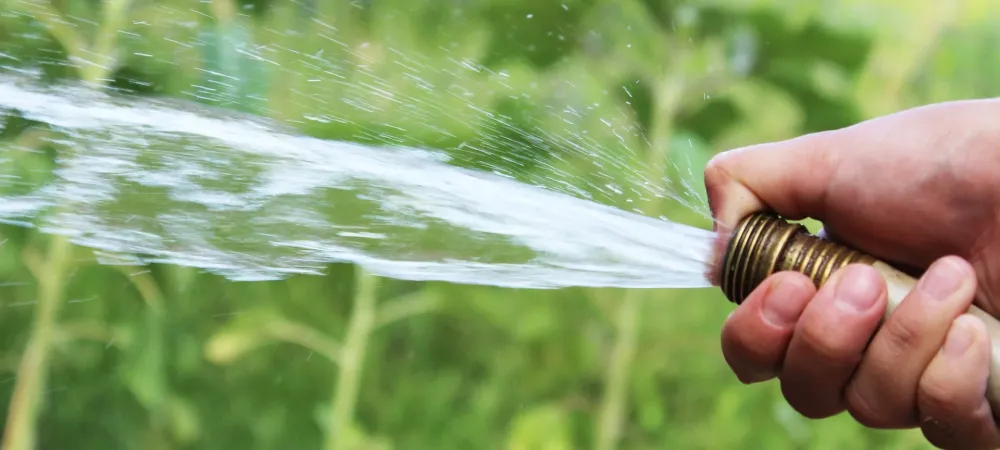These Florida Plants Could Be Dangerous to You or Your Pets

Sometimes danger lurks in corners, hidden in plain sight. You may not know it is there or realize it even exists. This can be said about the poisons of some of our most lively and beautiful plants. In Florida, where temperatures are milder year-round and tropical plants abound, it can be hard to know the difference between those that pose a threat and those that are aesthetically appealing. Land Art has created a list to help you identify, become aware, and better understand a few of the most common poisonous plants found here in Florida and the dangers each impose.
Common Plants Found in Florida That Are Dangerous
Oleander
So poisonous there was once a movie titled after it. Also known as rosebay, this beautiful yet dangerous plant is grown as a heat and drought-tolerant evergreen flowering shrub throughout Florida. There are tons of different varieties, and sizes. Some have single flowers; others have double flowers in shades of pink, red, white, and less often, yellow or orange. All parts of the oleander plant, including the milky latex produced by cut stems or leaves, contain various cardiotoxic compounds that impact heart function. Even a small amount can be deadly to humans and animals. Symptoms of poisoning include heart palpitations, nausea, vomiting, weakness, and visual disturbance. Sad because its leathery leaves and sweet-smelling foliage can make for an attractive and eye-catching landscape piece. Just be careful to keep any pets or small children away from it.
Castor Bean
The castor bean plant is a non-native species from the jungles of East Africa. Part of the spurge and poinsettia family, it is a large, hefty non-woody plant. Here in Florida, it is widely used for its tropical-looking foliage. Castor bean is grown commercially for use in cosmetics, paints, plastics, and lubricants. The seeds of this plant are extremely toxic and contain ricin, one of the deadliest poisons found in nature. While it’s poorly digested by livestock, just four seeds can kill the average adult human.
Sago Palm
The king sago palm is a popular houseplant due to its leathery foliage and ease of care. But don’t let its charming appeal fool you. While it looks similar to a palm plant, it is not a true palm but a member of the cycad family, native to Japan and China. This plant is very toxic. All parts, including the thorns and seeds, are poisonous and contain a pair of toxic compounds called BMAA and cycasin. The seeds have the largest amounts of cycasin. Chronic exposure can cause cancer and neurodegenerative diseases. Dogs are especially drawn to the taste of this plant are often poisoned by this slow-grower, sometimes resulting in liver failure. Sago palms are also fixtures in Florida’s rock gardens, sand gardens, and near entryways of landscapes, so if you are out walking your dog, stay vigilant and be aware of your surroundings.
Poison Ivy
No one can forget about poison Ivy! This well-known poison is throughout all of the United States. The trick to identifying and remembering what poison ivy looks like is how many leaves it has. The leaves on poison ivy always appear with one big leaf in the center and two smaller leaves shooting off the sides. The leaflets are twice as long as they are wide and are typically two to five inches long.
It is often confused with Virginia creeper, which can also be poisonous if ingested. The two often grow together and are frequently confused with each other. Like Virginia creeper, Poison ivy can grow as a shrub or a vine that climbs up the sides of trees. This dangerous plant can be found in forests, wetlands, on beaches, along streams, and right in your Florida backyard.
Poison ivy contains a chemical called urushiol. Urushiol causes a severe allergic reaction of itchy rashes and blisters that can take weeks to go away. Unfortunately, just brushing up against the plant or having it on your clothes can cause an allergic reaction, so be careful to wash and clean anything that it comes in contact with.
Leave Your Lawn Care and Weed Control to the Professionals at Land Art
We can’t help you when you are camping, out hiking, biking, or walking your dog, but we can assure your safety in your backyard. Leave the lawn care and weed control up to the professionals at Land Art and protect yourself from coming into contact with one of these harmful plants. Our highly effective weed control service will eliminate and prevent weeds, so you don’t have to. Our skilled technicians have the training and experience necessary to rid your yard of weeds while maintaining that thick, lush green lawn.
Where We Service
Florida
- Estero
- Fort Myers
- Naples
